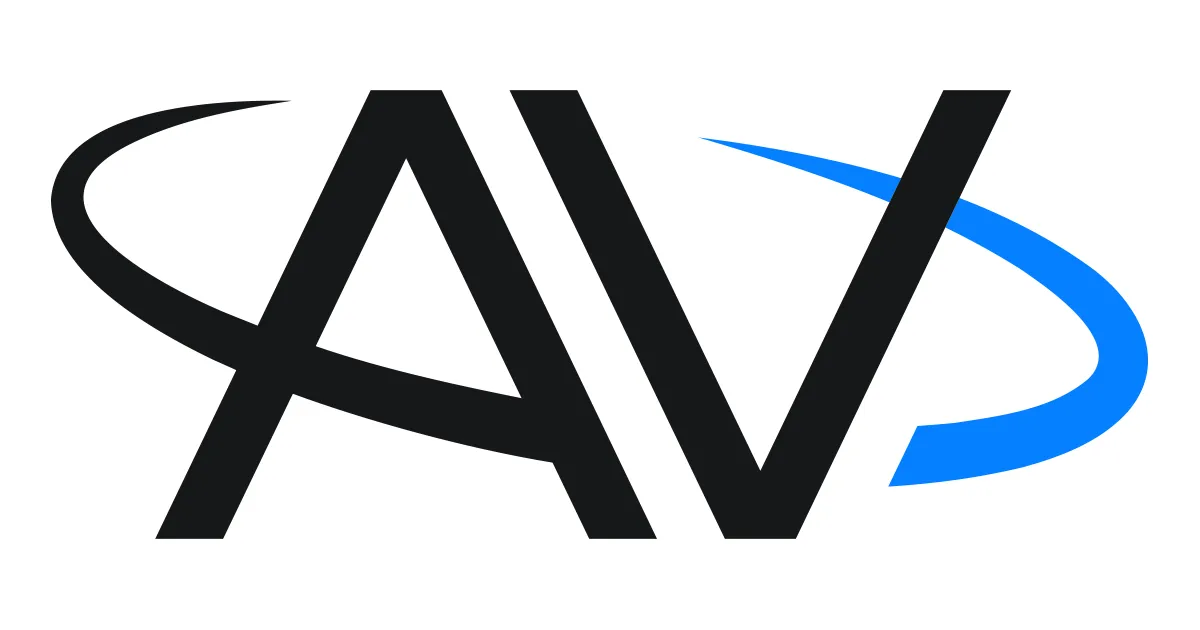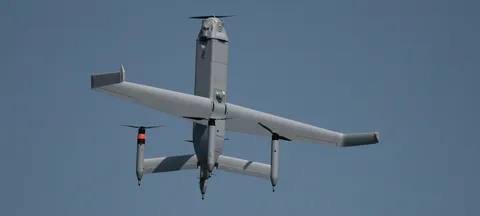
AV’s Wildcat Achieves Key DARPA EVADE Milestones
AeroVironment, Inc., a leading provider of advanced uncrewed aircraft systems (UAS), has announced significant progress in the development of its new vertical take-off and landing (VTOL) platform, Wildcat. Developed under the Defense Advanced Research Projects Agency’s (DARPA) Early VTOL Aircraft Demonstration (EVADE) initiative, Wildcat has recently completed a series of important milestones that bring it closer to becoming a fully operational asset for military and maritime applications.
Wildcat’s development is being carried out by MacCready Works, AeroVironment’s advanced research and development division known for pioneering aerospace innovations. The aircraft has now successfully demonstrated its ability to transition between vertical take-off/landing and forward flight, validated its key flight and propulsion systems, and initiated the integration of mission-critical payloads. These accomplishments mark a rapid pace of progress and reflect the program’s goal of accelerating VTOL innovation in support of future defense capabilities.
A Leap Forward in VTOL Technology
Wildcat is classified as a Group 3 uncrewed aerial system, a category typically encompassing aircraft weighing between 55 and 1,320 pounds. Its unique design features a tail-sitting configuration, meaning the aircraft stands vertically on its tail for takeoff and landing but rotates to a horizontal position for forward flight. This approach offers several operational advantages, particularly for ship-based operations and contested environments where traditional runway infrastructure is unavailable or impractical.
A defining feature of Wildcat is its capability for autonomous launch and recovery, which is especially valuable in distributed maritime operations where personnel and equipment footprints must remain minimal. Its compact form factor and ability to perform in high sea states make it particularly suitable for naval missions, including intelligence, surveillance, and reconnaissance (ISR), communications relay, and tactical support roles.
“Wildcat reflects the spirit of MacCready Works—breakthrough thinking, accelerated timelines, and deep mission alignment,” said Chris Fisher, vice president of MacCready Works Novel Systems at AeroVironment. “In a matter of weeks, we’ve gone from system integration to full forward flight transitions, all while validating key subsystems. This is what innovation at operational speed looks like.”
Accelerated Development with Cutting-Edge Features
The development timeline for Wildcat has been remarkably compressed, especially by traditional defense industry standards. In just a short period, AeroVironment’s team has taken the aircraft from early integration to full-scale forward flight testing. This pace is aligned with DARPA’s intent for the EVADE program to push the boundaries of what is possible in short-term defense technology prototyping and deployment.
Among the key innovations incorporated into Wildcat is the Visual Precision Landing System (VPLS), a next-generation capability that allows for accurate autonomous landings even in dynamically shifting environments like ship decks or rugged terrain. This system significantly reduces reliance on external navigation aids and increases the aircraft’s suitability for infrastructure-less operations.
Another major advancement is the integration of a modular autopilot system enhanced by an artificial intelligence (AI) compute module. These technologies work in tandem with AVACORE™, AeroVironment’s scalable autonomy framework, which supports rapid integration of government-furnished software and adaptable payloads. The AVACORE™ system is designed to provide cross-platform interoperability, enabling knowledge and capability transfer across other AV platforms such as the JUMP® 20-X and P550™ systems.
Validating Core Systems Through Rigorous Flight Testing
The recent round of flight testing marks a significant validation phase for the Wildcat platform. Conducted at AV’s test range, the exercises focused on expanding the aircraft’s hover envelope and executing its first forward flight transitions using the full-scale testbed. These successful transitions confirm the aircraft’s aerodynamic performance across multiple flight regimes, from low-speed hover to high-speed cruise.
In addition to validating aerodynamics, the tests also confirmed the functionality of Wildcat’s heavy-fuel propulsion system, a critical component for military applications where logistics compatibility and long endurance are essential. Testing encompassed multiple fuel types and examined flight control behavior in a variety of conditions to ensure robust performance.
Notably, all subsystems—including propulsion, fuel, and flight control systems—performed reliably during both hover and level flight operations. These results provide assurance that the platform’s design and engineering are sound and capable of meeting the demands of real-world operational environments.
DARPA’s Broader ANCILLARY Vision

Wildcat’s progress directly contributes to DARPA’s broader Advanced airCraft Infrastructure-Less Launch And RecoverY (ANCILLARY) program, which aims to develop uncrewed aircraft capable of launching and recovering without the need for traditional runways or large logistical footprints. The EVADE demonstration serves as an early validation phase under ANCILLARY, providing key insights and data to inform further development and scaling.
Originally, DARPA’s ANCILLARY Phase 2 flight testing was projected to begin in late 2026. However, with Wildcat reaching critical technical milestones ahead of schedule, the program is demonstrating the feasibility of earlier test deployments. This not only shortens the development timeline but also accelerates the availability of infrastructure-less VTOL solutions for U.S. defense forces.
Enabling Modular, Mission-Flexible Operations
In the next phase of development, AeroVironment is focusing on integrating operational payloads that will enable Wildcat to conduct a wide range of mission sets. These include ISR sensors, secure communications systems, and potentially electronic warfare packages. Thanks to its modular design, Wildcat can be rapidly reconfigured for different mission requirements, reducing turnaround time between sorties and improving overall mission flexibility.
Upcoming flight tests will simulate maritime mission profiles, including transitions between hover and forward flight while performing complex, payload-driven tasks. These scenarios will replicate real-world operational conditions and are intended to demonstrate Wildcat’s ability to deliver tactical effects from a single, rapidly deployable platform.
A Vision for the Future of Distributed Air Operations
As global defense strategies increasingly emphasize agility, speed, and survivability in contested environments, the role of distributed and infrastructure-independent systems like Wildcat is becoming more prominent. AeroVironment is positioning Wildcat as a next-generation capability that addresses the growing need for versatile, autonomous platforms capable of supporting joint and coalition operations in remote and denied areas.
With its advanced autonomy, modular payload architecture, and proven performance in flight testing, Wildcat represents a significant step forward in the evolution of naval and expeditionary air operations. It also underscores AeroVironment’s ongoing commitment to providing high-impact solutions for defense and national security.
“Wildcat is more than a platform—it’s a reflection of how we approach the future of air dominance,” added Fisher. “From autonomous systems to edge computing and AI integration, we are driving the innovation needed to meet tomorrow’s defense challenges today.”
As the EVADE demonstration continues and Wildcat advances through additional flight phases, AeroVironment is poised to play a central role in shaping the future of VTOL operations and expanding the possibilities for uncrewed aerial systems across land and sea domains.

